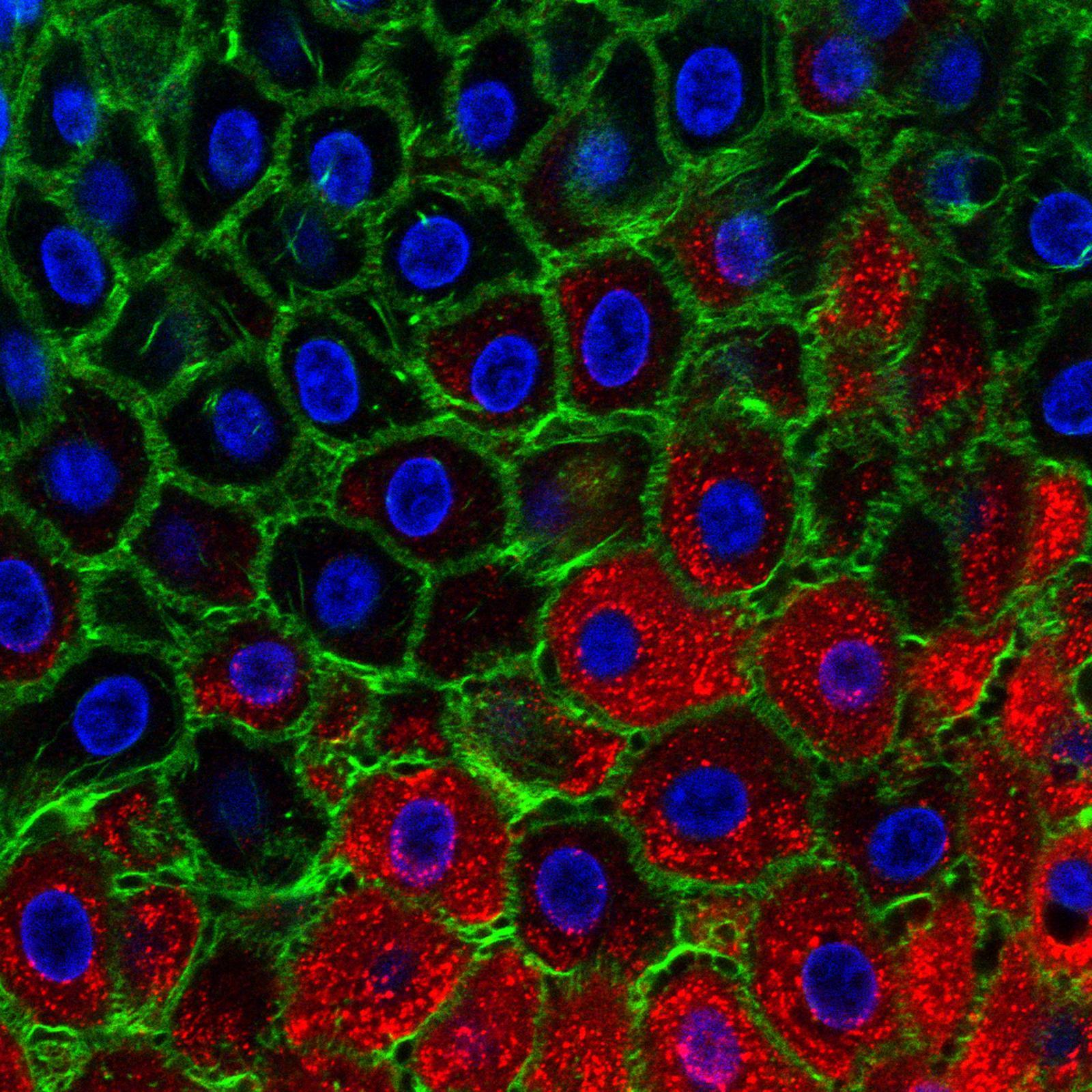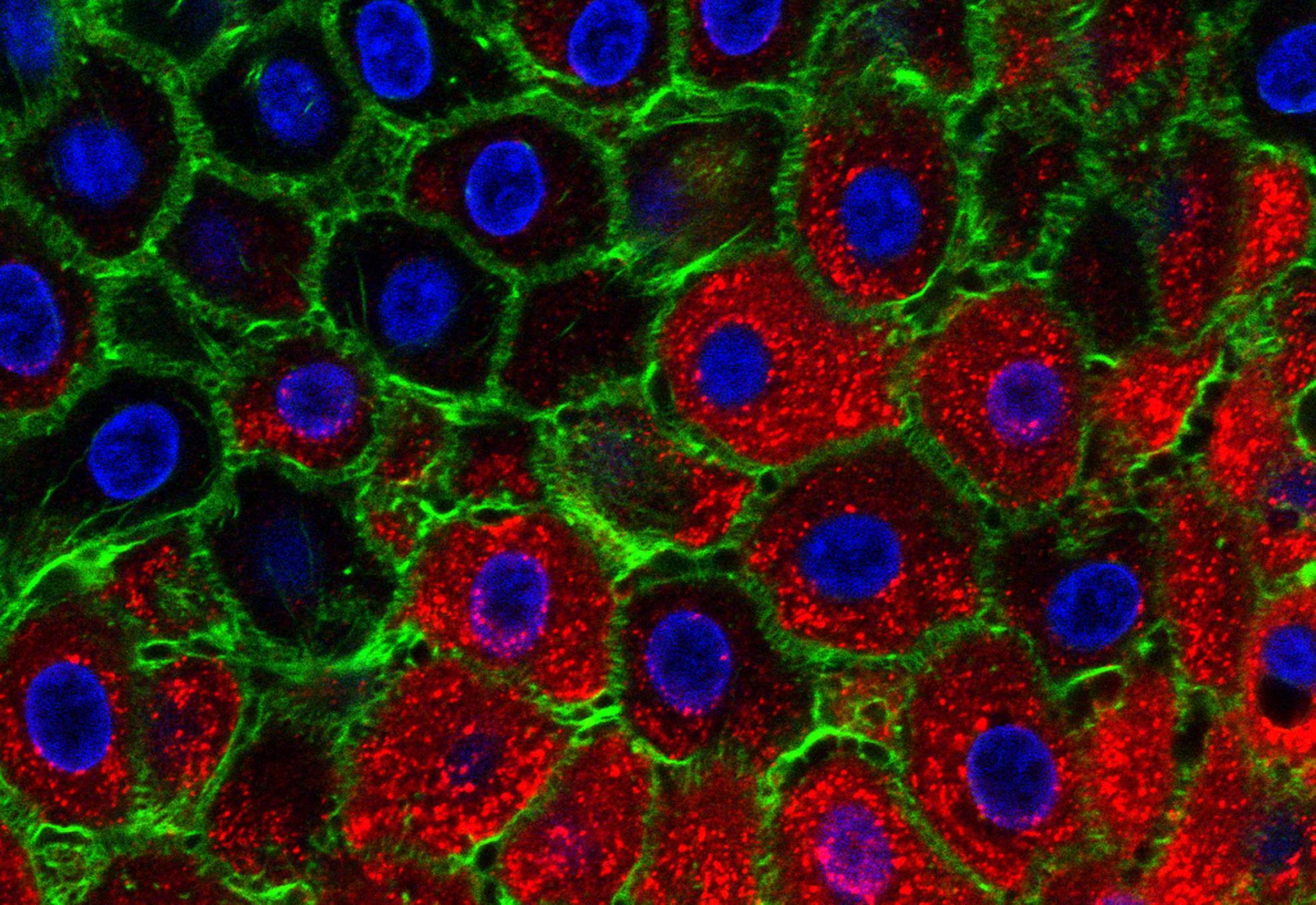Our group
The Picornavirus Tropism Group, established in 2025, studies the molecular mechanisms that determine the host range of picornaviruses - a family of viruses that impact both human and animal health.
These include economically significant livestock pathogens like foot-and-mouth disease virus (FMDV), as well as viruses that cause widespread childhood illnesses such as Enterovirus A71 (EVA-71) and Coxsackievirus B5 (CVB5), which cause hand, foot, and mouth disease in children.
Our aims
Our group aims to advance the understanding of the molecular mechanisms that govern species tropism in picornaviruses. Specifically, we seek to uncover the virus-host interactions that determine host range across different members of this diverse viral family.
We are currently investigating three key questions:
Why does Foot-and-mouth disease virus (FMDV) exhibit a broader host range than other livestock picornaviruses?
FMDV, swine vesicular disease virus (SVDV), and Seneca Valley virus (SVV) all cause vesicular disease in livestock. Among these, FMDV uniquely infects all cloven-hoofed ungulates, including pigs, cattle, sheep and buffalo. In contrast, SVDV and SVV have a narrower tropism, primarily affecting pigs.
By comparing the molecular interactions of these three viruses with their respective hosts, we aim to identify the determinants that enable FMDV’s broad host range.
What host-factors protect humans from livestock viruses?
Although the emergence of livestock viruses into the human population is a major public health concern, such spillover events are rare.
Most viruses have a clearly defined host range, being able to infect or cause disease in only a specific species or a defined range of host species. Species outside of this normal host range are not susceptible to infection and/or disease due to incompatibilities between virus and host.
The ‘rules’ which govern species specificity remain poorly understood. A major focus of the Picornavirus Tropism Group is to identify host-specific factors that prevent cross-species transmission between livestock and humans
Our research aims to identify human host factors that selectively restrict replication of livestock picornaviruses such as FMDV, SVDV, and SVV, but not human picornaviruses like CVB5 and EVA-71.
By characterising the biological barriers that protect humans from livestock viruses, we seek to uncover critical insights into what enables—or prevents— the emergence of zoonotic viruses. Ultimately, this will improve our understanding of viral host range restrictions and the mechanisms behind cross-species spillover.
How do new livestock pathogen emerge?
The emergence of new pathogens in livestock poses serious risks to animal health and global food security. Understanding the mechanisms behind species jumping is therefore essential to predicting and preventing future outbreaks.
We are using SVDV as an exciting model to study species jumping. SVDV emerged in the 1960’s from the human picornavirus CVB5. Through comparative studies with CVB5 and SVDV isolates - spanning from the earliest detected strains in the 1960s to present day samples— we aim to determine how SVDV crossed the species barrier and subsequently adapted to become an exclusively porcine pathogen.
This work will provide vital insights into viral host adaptation, pathogen emergence, and the evolutionary forces shaping host specificity.
Our research
Our research investigates how species-specific differences in virus-host interactions, particularly those involving the innate immune response, influence viral species tropism.
Host innate immune responses are crucial for detecting and preventing viral infections. Receptors like RIG-I detect viruses and activate immune pathways, including the interferon (IFN) response, which induces expression of antiviral factors known as interferon-stimulated genes (ISGs).
However, viruses are highly adapted to antagonise and evade these pathways. The interplay between host antiviral pathways and viral antagonism drives viral evolution, leading to changes in both virulence and species tropism. The two ongoing research projects in the Picornavirus Tropism are investigating:
The impact of viral proteases on disrupting antiviral defences and shaping disease outcome.
Positive sense RNA viruses such as picornaviruses encode proteases that are essential for processing their viral polyprotein into functional components. These proteases also target specific host proteins to manipulate cellular pathways and enhance viral replication.
Importantly, viral proteases are highly specific and only cleave specific sequences within a protein. Variation within cleavage sites can disrupt a protease ability to cleave that protein. Ongoing work is focused on identifying species-specific variation at host cleavages sites and studying the effect it has on viral infection.
The role of species-specific Interferon Stimulated Genes (ISGs) in species tropism of human and livestock picornaviruses.
The INF response is a major antiviral pathway. Activation of this pathway, induces the expression of 100’s of different ISGs, which inhibit viral infection through a wide range mechanisms.
Species-specific variants of ISGs can significantly influence viral host range and species tropism. For instance, HIV originated from a primate virus that adapted to evade restriction by the human variant of the ISG TRIM5, enabling cross-species transmission.
Ongoing research projects are investigating the molecular mechanisms by which species-specific ISGs restrict picornaviruses across different host species. These studies aim to uncover how variations in ISGs contribute to species barriers, shaping the ability of viruses to cross between hosts and establish new infections.


